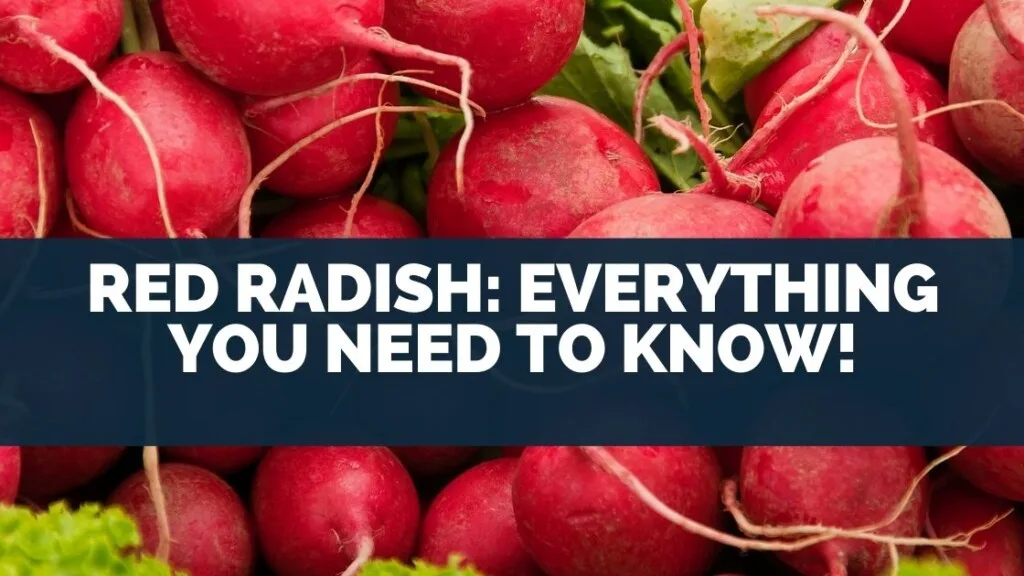
Red radish is mostly grown for its root, which is a small red globe with crisp, peppery, translucent white flesh.
Their roots are between one and three inches wide.
From the root, the radish grows green leaves that are good to eat. They look and taste like watercress, but they also have a great mustardy bite.
Red radish tastes great whether it is raw or cooked.
Table of Contents
What is red radish?
Red Radish is a red or scarlet globe-shaped root vegetable. It belongs to the Brassica family of Brassicaceae.
It has been cultivated for over 2000 years and found in many cuisines of the world, from Asia to Europe.
Red radish is a good source of vitamin C and folate that helps in the development of red blood cells.
It is rich in fiber content, an excellent source of iron, and also has phytonutrients that help fight cancer-causing free radicals.
Consuming red radish helps in reducing cholesterol, treating anemia, and boosting immunity. It is highly effective in treating cough and colds.
Red radishes are available all around the year but they are best known for their crisp texture and spicy flavor during the winter season.
Health benefits of red radish
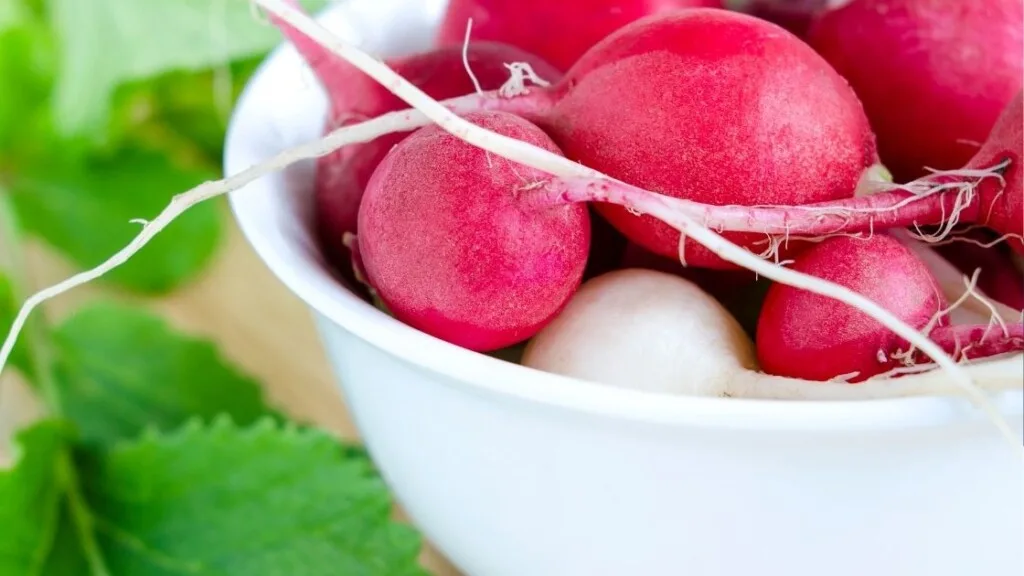
Red radish benefits the cardiovascular system
Red radish has antioxidant properties that can help protect cells from free radical damage to the vascular system.
The fibers in red radishes will help reduce LDL cholesterol levels along with high blood pressure and high blood sugar.
Boosts immune system
Red radishes are rich in Vitamin C and can help strengthen your immune system.
Researchers tested the effects of vegetables on the human body’s immune system. They found that it is an anti-inflammatory and can reduce allergic reactions, such as hay fever and asthma.
What’s more, red radishes help to detoxify the body. It also boosts immunity and lowers cholesterol levels in the blood.
And because it is low in calories and fat, it is a great option for those who want to lose weight.
So if you’re looking for a healthy snack, look no further than red radishes!
Treats anemia
This root vegetable is low in calories and contains lots of vitamin A and potassium. This, among other things, can help people with anemia.
Red radishes contain a pigment called anthocyanin that is also found in plants like beets and amaranth. Humans extract the pigment from the plant to make a dye for clothing or food preparation.
Helps in constipation
Red radish is a good source of chromium, which is an essential nutrient for the body. Red radishes also provide vitamin C and fiber.
The red radish is very good for your health because it helps with constipation by aiding the regularity and bulkiness of stool (which helps prevent straining).
The vitamin C, fiber, and water content also help keep your digestive system running smoothly. So if you’re feeling sluggish or your digestion isn’t quite up to par, try this delicious root!
Good source of potassium and magnesium
You may not think about the red radish when you’re considering your next vegetable, but it is a tasty and healthy choice.
Red radish has a lot of potassium and magnesium, which are important minerals in maintaining a healthy heart.
Potassium is an electrolyte that regulates the body’s fluids and also helps regulate blood pressure. It also helps control the amount of sodium in the blood.
Magnesium is another mineral with many health benefits, including regulating blood sugar levels and lowering high cholesterol.
The red radish is also rich in vitamin C and iron, which support the immune system and protect cells from free radicals. It’s also high in fiber, which can help lower cholesterol and prevent constipation.
With all these good nutrients and low calories (3-5 calories per serving), you can’t go wrong with this tasty root vegetable!
Helps in losing weight
Who doesn’t want to lose weight? It’s a problem that plagues many people. Luckily, the hardy red radish is the perfect solution.
Red radish is low in calories and fat and has few carbs and sugar. That means it can be eaten freely without feeling guilty.
They are rich in fiber and water-soluble nutrients like vitamin C, folate, potassium, and magnesium. All these make your digestive system work more efficiently while also preventing constipation.
They’re a great source of prebiotics that keep gut bacteria healthy for digestion and nutrient absorption. They do this by providing energy for good bacteria to grow on your intestines.
The more good bacteria you have in your gut, the better your immune system will be!
So, if you’re looking for the perfect food to help you lose weight or stay healthy, try out some red radishes!
Allergy advice red radish
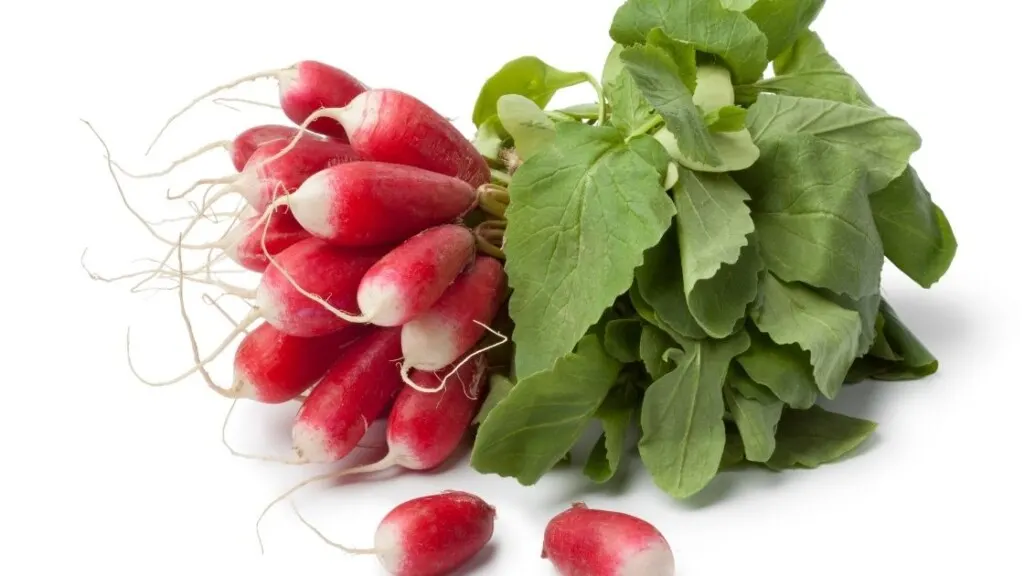
Red radish is not good for people who are allergic to mustard, peanuts, or other legumes like green peas or chickpeas.
Individuals with gall bladder problems should avoid red radish since it stimulates the secretion of bile required by the gallbladder for fat digestion.
How to eat red radish?
Red radish is a popular vegetable used as salad, cooked as vegetables, and as red radish pickles. It can be eaten raw or slightly steamed to retain its crisp texture.
It can also be cooked with other root vegetables like potatoes and carrots.
It adds a spicy crunch to salads, sandwiches, and burgers. Red radish juice is used as an ingredient in many dishes, red radish pickles are also popular.
Raw red radishes are typically cut into matchsticks and eaten as a side dish with dips like hummus, tzatziki, and salsa verde.
They’re also great in salads and sushi. If you want to cook them, they make a tasty addition to hearty stews like beef bourguignon or Irish stew.
How long does red radish last?
Red radish can last up to two weeks if you store it the right way. One of the best methods for storing them is in a plastic bag in the refrigerator.
You can also store them in water with some air on top of them in your fridge, which will keep them fresh for up to two weeks. If you want them to stay fresh for even longer than that, you can put them in your freezer and they’ll last for months!
How to tell if red radish is bad?
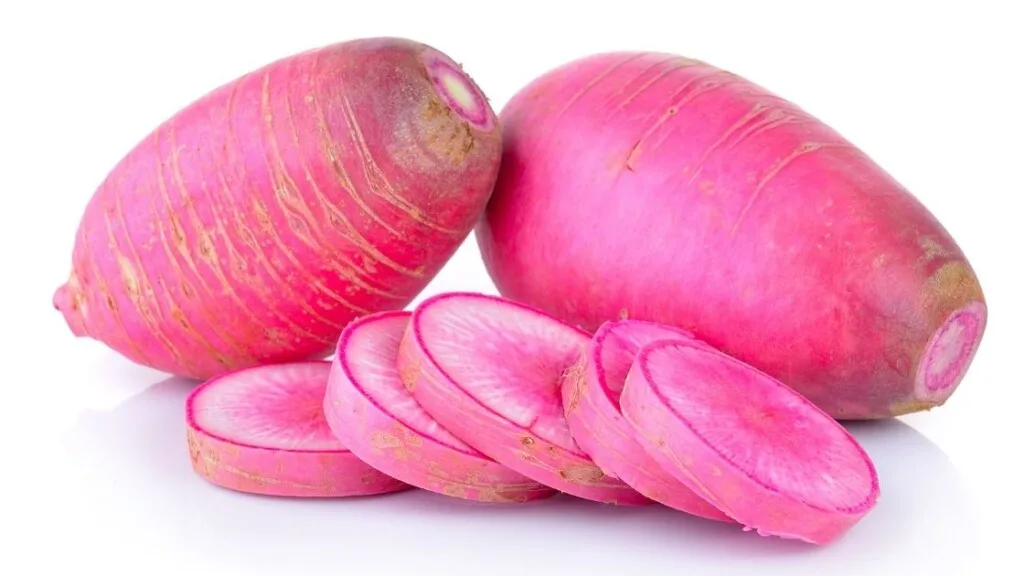
The most common way to tell if a radish is bad is by smelling it.
If it smells like vinegar or has an unpleasant smell, then the radish is probably not good.
Another way to tell if a radish is bad is by looking at it. If the skin of the radish is white and starts to wrinkle or crack, then the radish is very old and probably no longer edible.
Final thoughts
Red radish is a great vegetable because it’s versatile; you can eat it raw or cooked. It has a beautiful, vibrant color and tastes peppery and delicious.
Red radishes are healthy for your heart and they make an excellent garnish on any dish. You can also grow them at home!

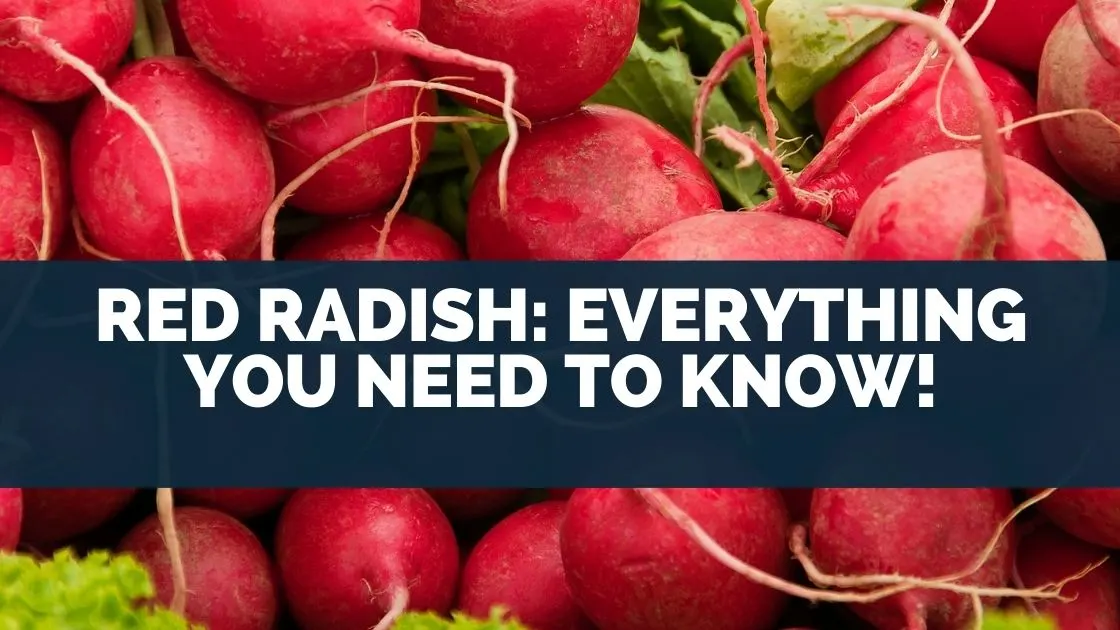
Leave a comment